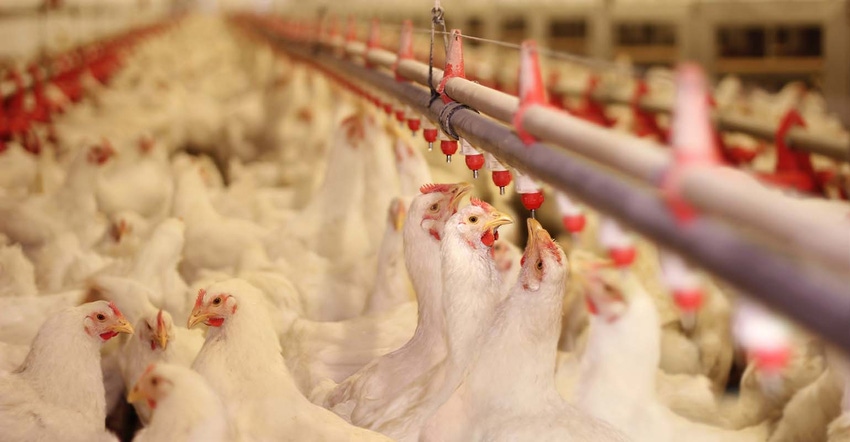
Sharon V. Burrell, a judge for the Circuit Court in Montgomery, Maryland, on March 11, 2021 ruled that the Maryland Department of Environment had to mandate effluent limitations for ammonia based on its impact on water quality.
Judge Burrell, better known for her decisions for involving divorce and child custody cases, has turned ammonia regulation from concentrated animal feeding operations (CAFOs) upside down. She was born and raised in Washington, D.C., and began her career as a law clerk for the first African American on the Court of Appeals for the State of Maryland. According to her bio, she has a “…long and distinguished career in public service as an attorney for Montgomery County Attorney’s Office.” She generally presides over juvenile, family, criminal and civil cases.
Judge Burrell is also the author of “Legal malpractice of the tax attorney.” This is the judge who believed the Maryland Department of the Environment did not give “reasoned elaboration” in determining that the chicken industry of Maryland must now have its ammonia emissions regulated. Judge Burrell is such a student of the Clean Water Act that she does not once mention the “Agricultural Stormwater Runoff Exemption.”
Judge Burrell concluded Maryland’s Department of the Environment (MDE) erroneously concluded that gaseous air ammonia emissions are not governed by the Clean Water Act (CWA). The Court concludes that Maryland’s expansion of the CWA “unambiguously” includes gaseous ammonia.
Other courts such as in Idaho, and a state decision in North Carolina, concluded that gaseous ammonia, if it was to be regulated at all, was to be regulated under the Clean Air Act (CAA).
Judge Burrell, with her thorough understanding of how to interpret environmental statutes, concluded those courts did not deserve any deference and because ammonia or nitrogen fell on the ground after being emitted by chicken broiler operators now must be regulated under the CWA.
What’s at stake
The poultry industry on Maryland’s Eastern Shore produces approximately 300 million broilers annually. The manure created by these poultry operations creates gaseous ammonia that is typically blown out of poultry houses by large fans. This ammonia settles from the air on nearby land and water.
The petitioner in this case is the Assateague Coastal Trust. The petitioner claimed Maryland’s NPDES permit was incorrect. The petitioner further claimed the ammonia was a discharge of a pollutant into waters of the United States.
If this case stands, it means all pollutants that drift off your farm or ranch into a water of the United States would need to be regulated and permitted by either a state or federal agency.
Other states’ courts have looked at this issue and determined that the CAA governs air emissions and that a farmer is protected by the Agricultural Stormwater Runoff exemption. Judge Burrell’s decision destroys that exemption and should her decision stand, then drift from any farm operation or odor containing a pollutant will need to be regulated.
EPA should step in
Such a decision by the court demonstrates why the U.S. EPA needs to step into such a case and explain how environmental statutes operate. The judge believes that MDE should regulate the air discharge of ammonia falling on the ground from a CAFO; that it should be regulated because water runs into the Chesapeake Bay carrying the pollutant. The court believes the following quote from the Petitioner. (Remember now we are talking about a CWA permit or NPDES permit.) The court quoted that “The permit does not adequately address air pollution (particulate matter/ammonia depositions) from poultry house exhaust fans and manure sheds that are deposited in the air and make their way to surface waters causing health and water quality impairments…The permit must be amended to reflect air emissions and monitoring requirements based on results from studies to be conducted by December 1, 2021….”
The Maryland Department of the Environment tried to explain to the juvenile court judge that EPA does not regulate odors or air quality through its CWA and CAFO permitting program. This explanation obviously fell on deaf ears. The impact on Maryland’s poultry industry will not fall on deaf ears.
The opinions of the author are not necessarily those of Farm Futures or Farm Progress.
About the Author(s)
You May Also Like




